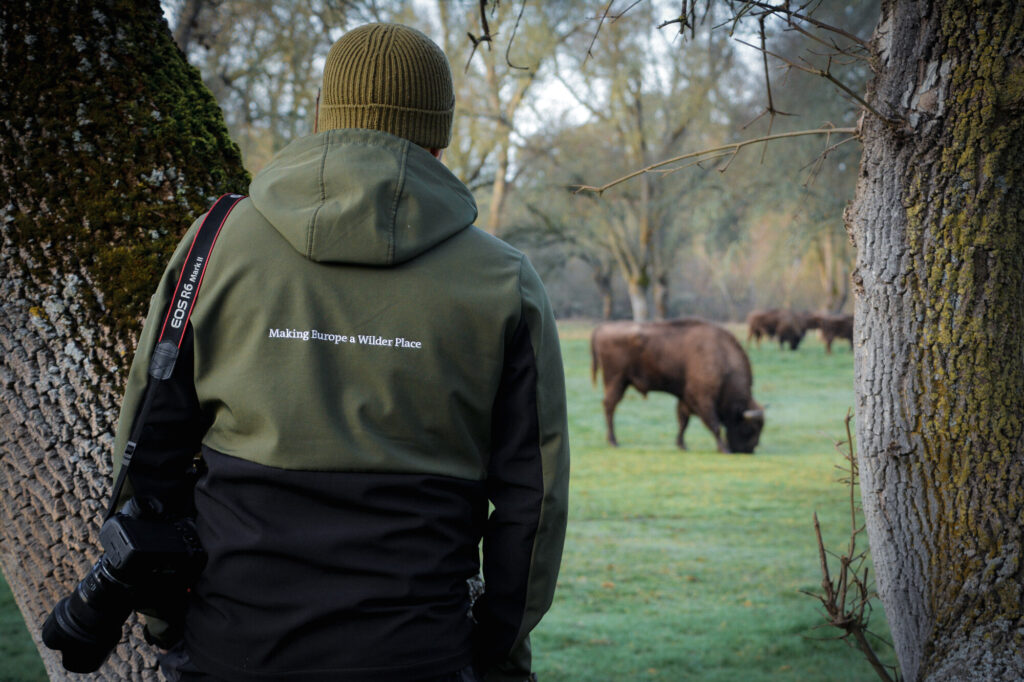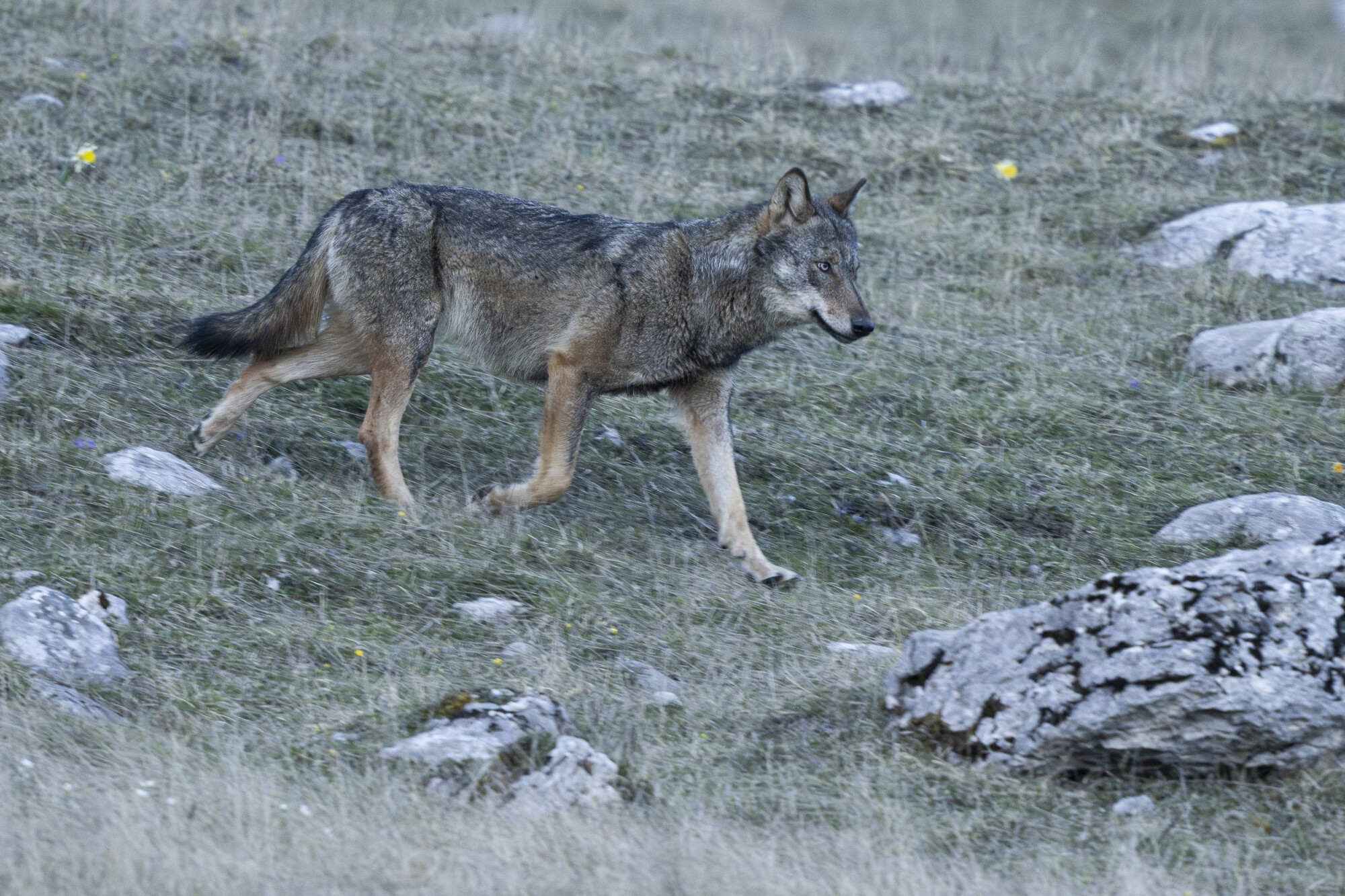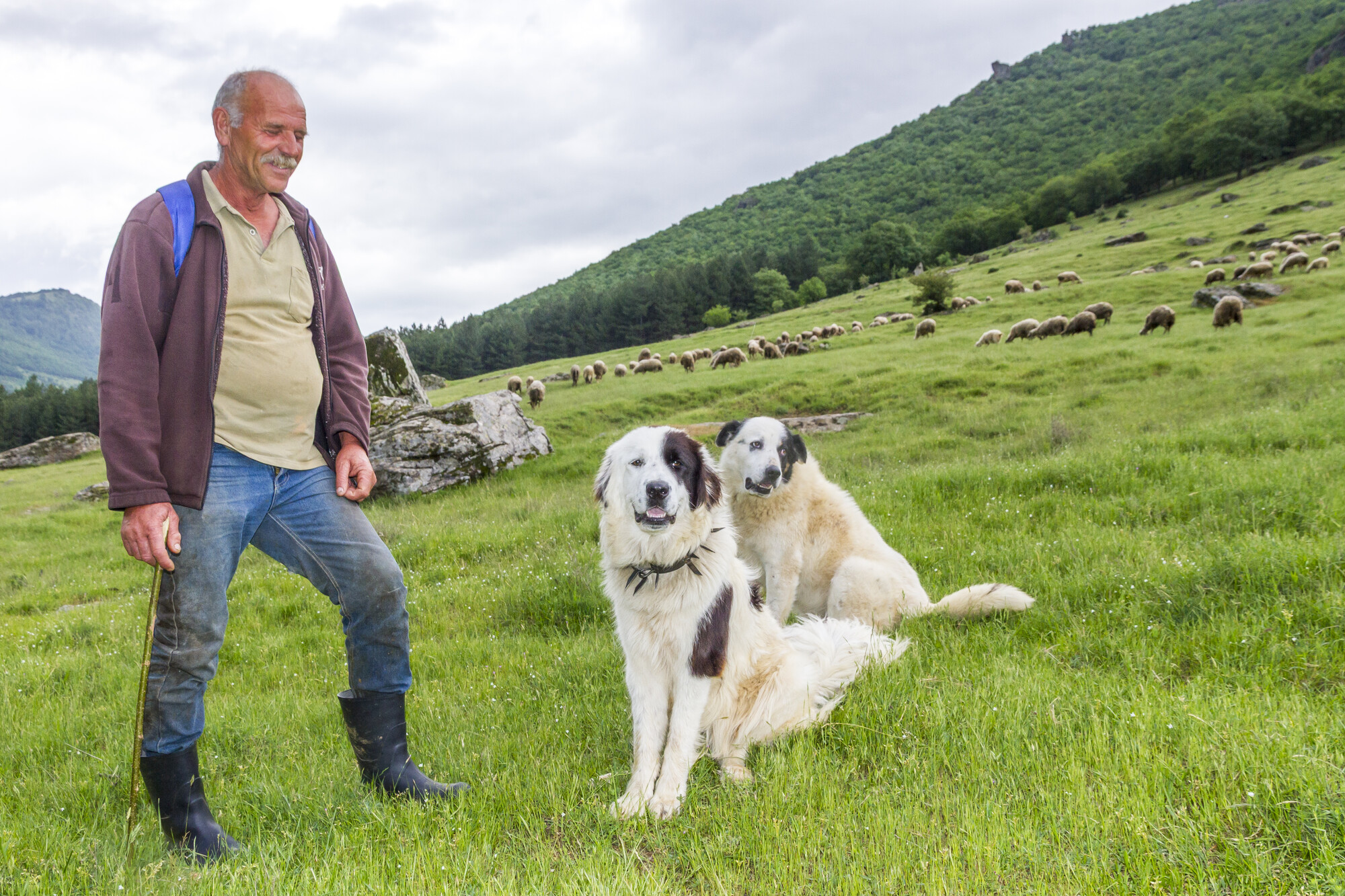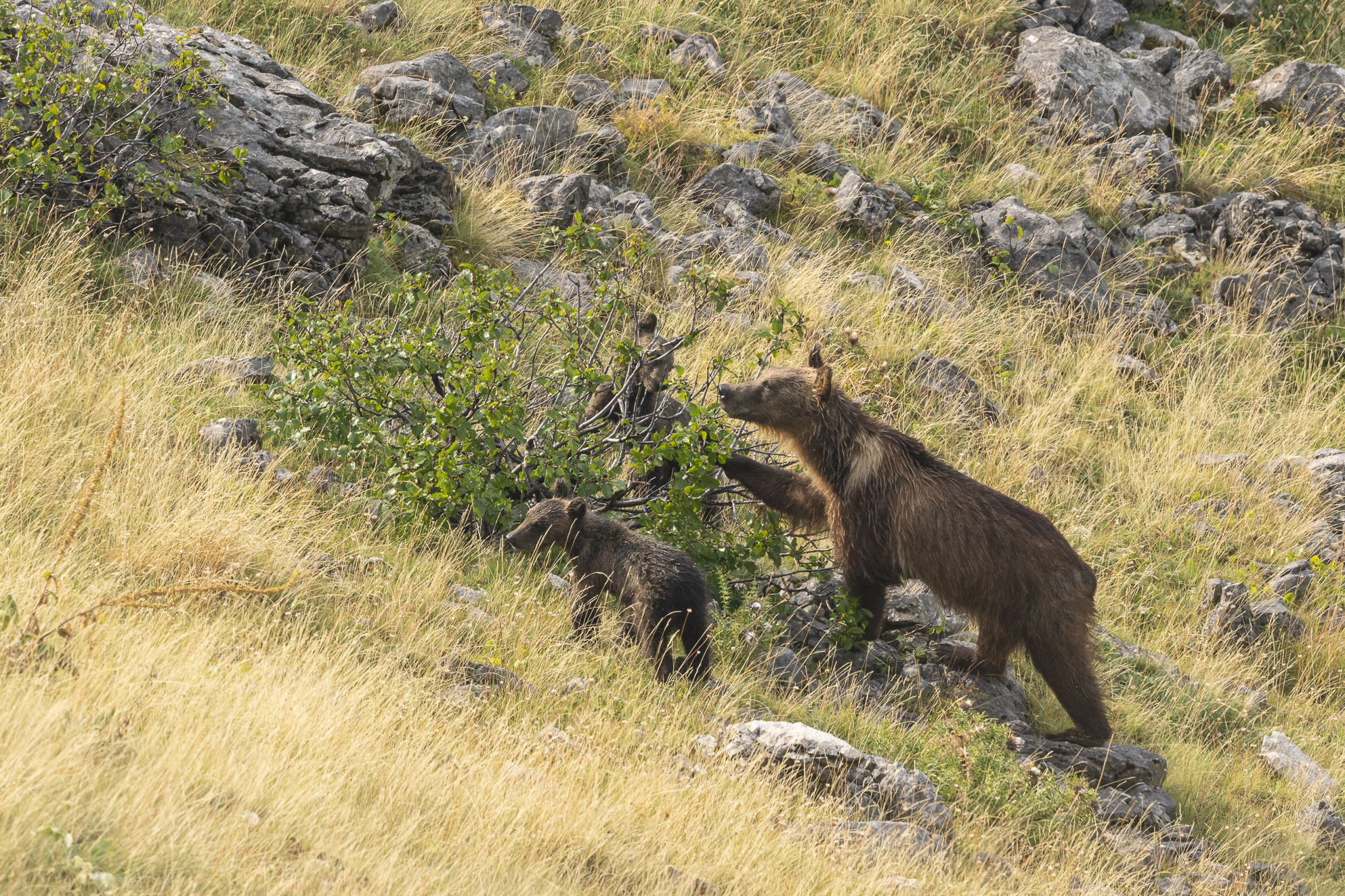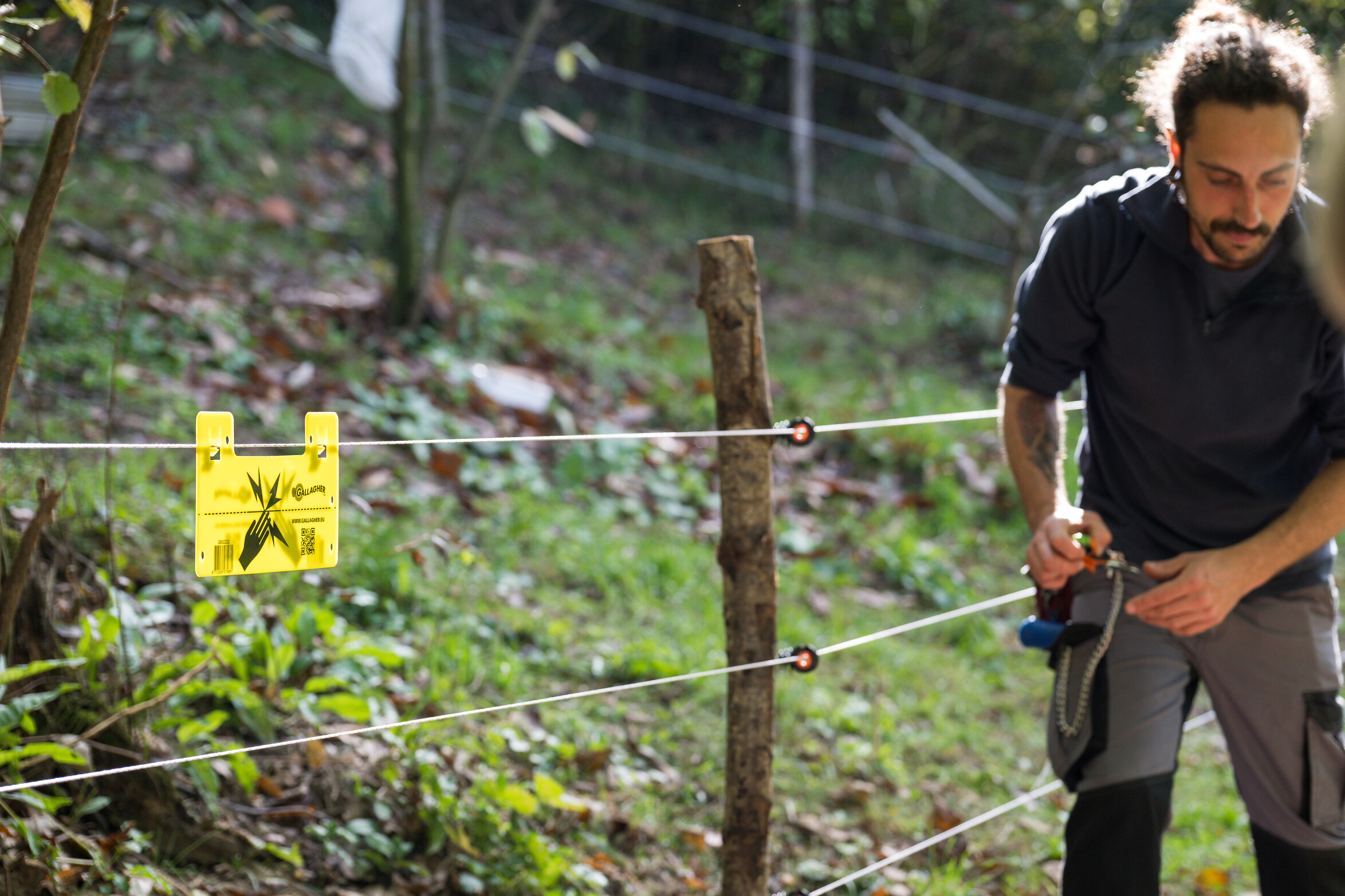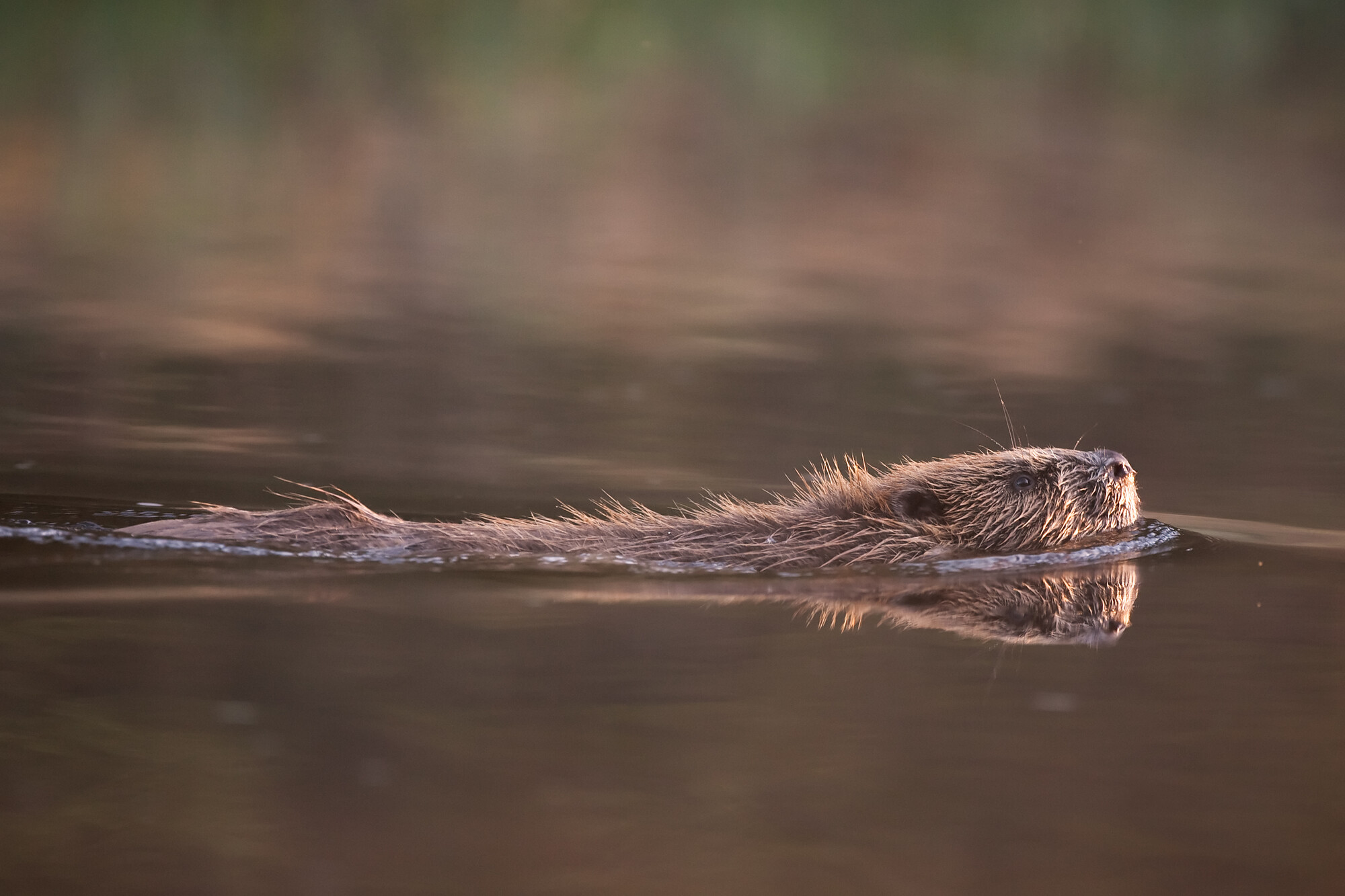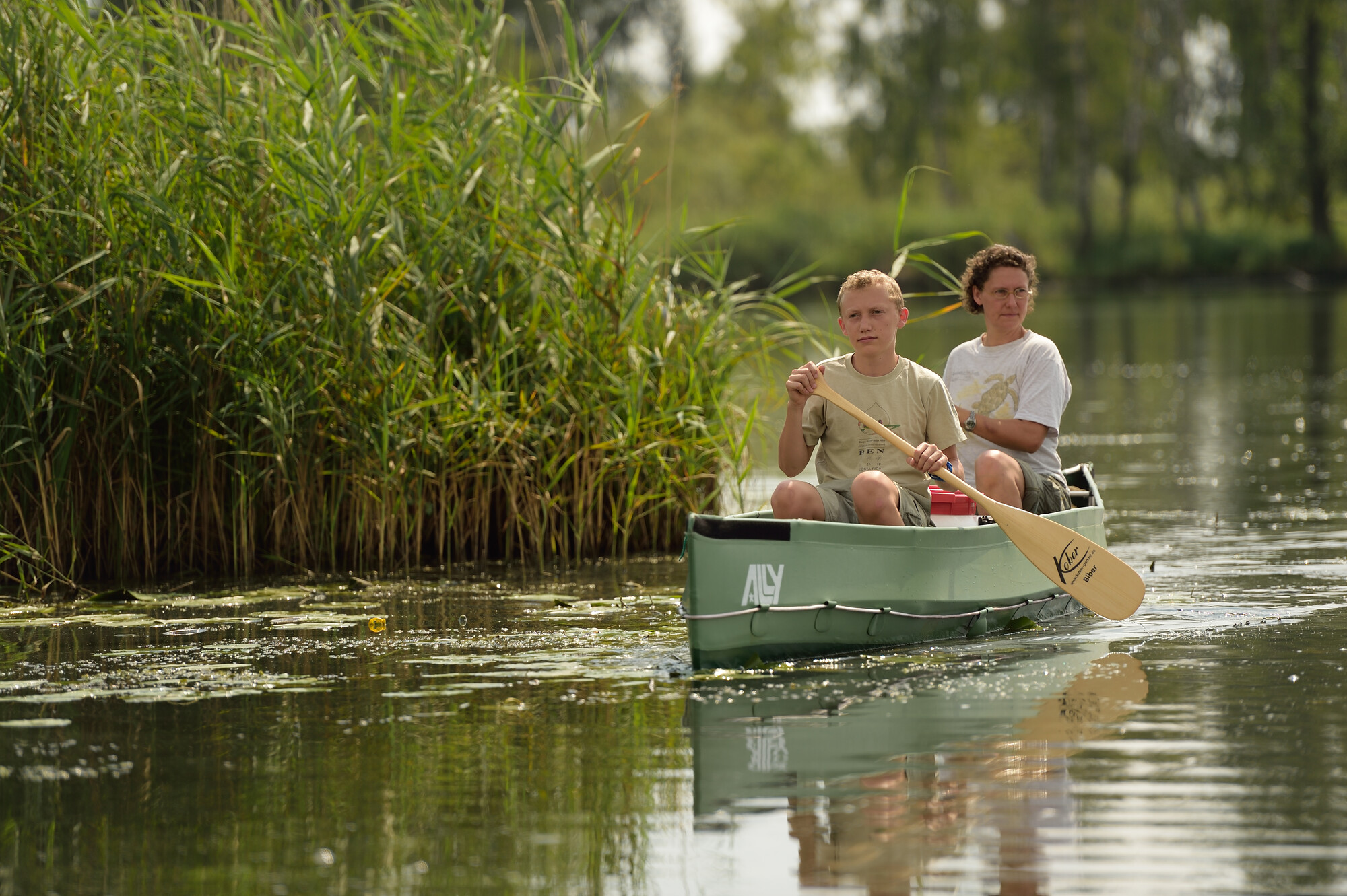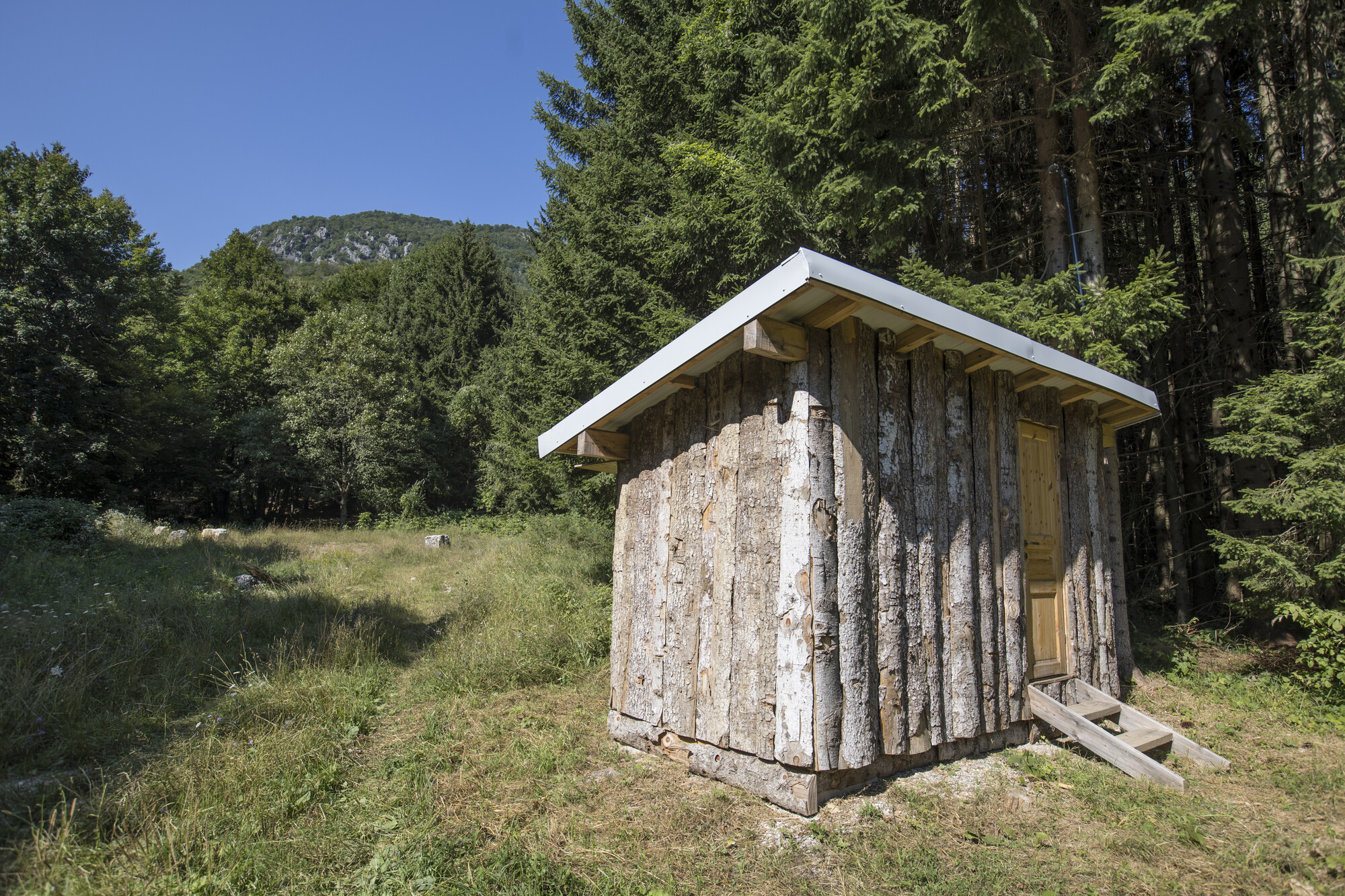Today, many European wildlife species are making a comeback. Let’s view this as an opportunity to create conditions where people and nature can flourish together.
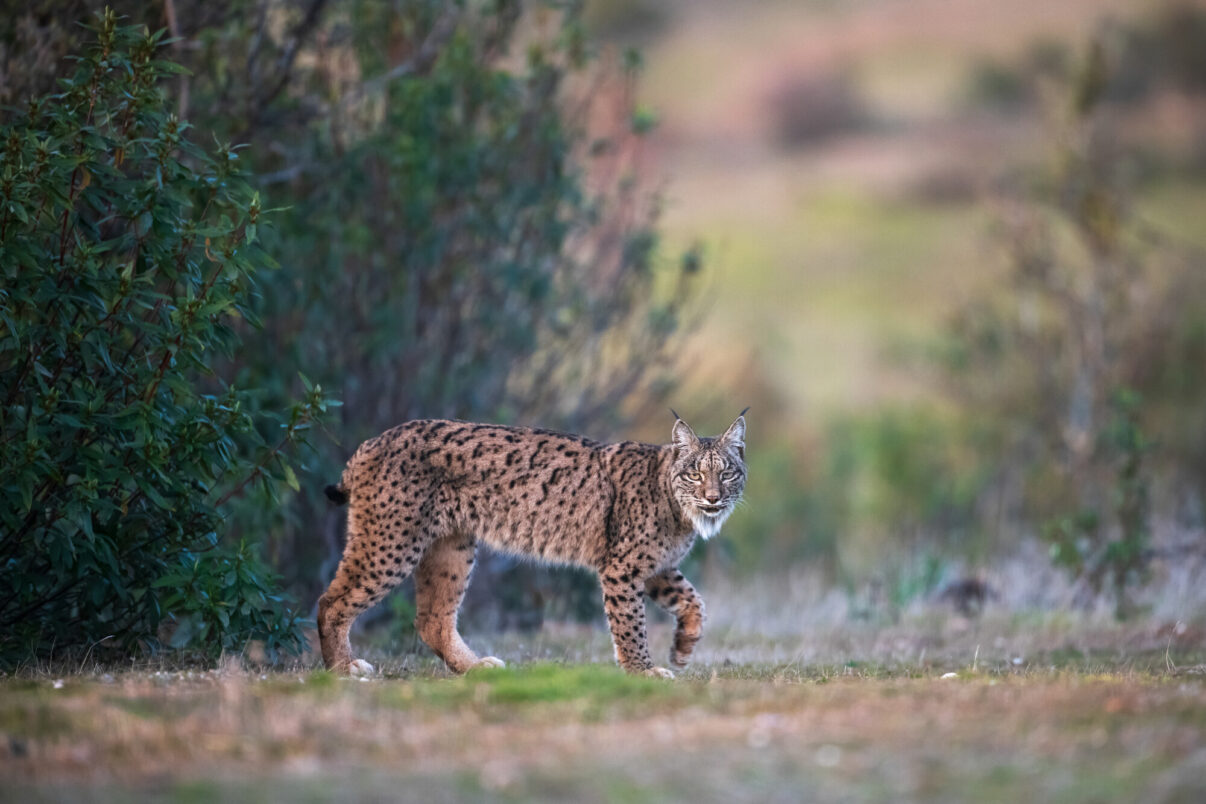
Shifting the dial
Across Europe, a quiet but powerful transformation is underway. While much of the continent’s nature remains under pressure, some iconic wildlife species are making a remarkable comeback. This resurgence is not just about wildlife returning – it’s also about redefining how we live alongside it.
In 2022, the Wildlife Comeback Report highlighted the return of certain wildlife species in Europe as a real conservation success. But with this success comes new challenges – from pushbacks and polarisation to the downgrading of legal protection. As a progressive approach to conservation, rewilding offers a way forward by fostering something more than simple tolerance of wildlife. It works to shift the dial from “co-existence” to “co-prosperity”, creating conditions where wildlife and people can mutually benefit each other and thrive together. In doing so, it invites us to reimagine our relationship with nature and embrace the new opportunities that wildlife comeback presents.
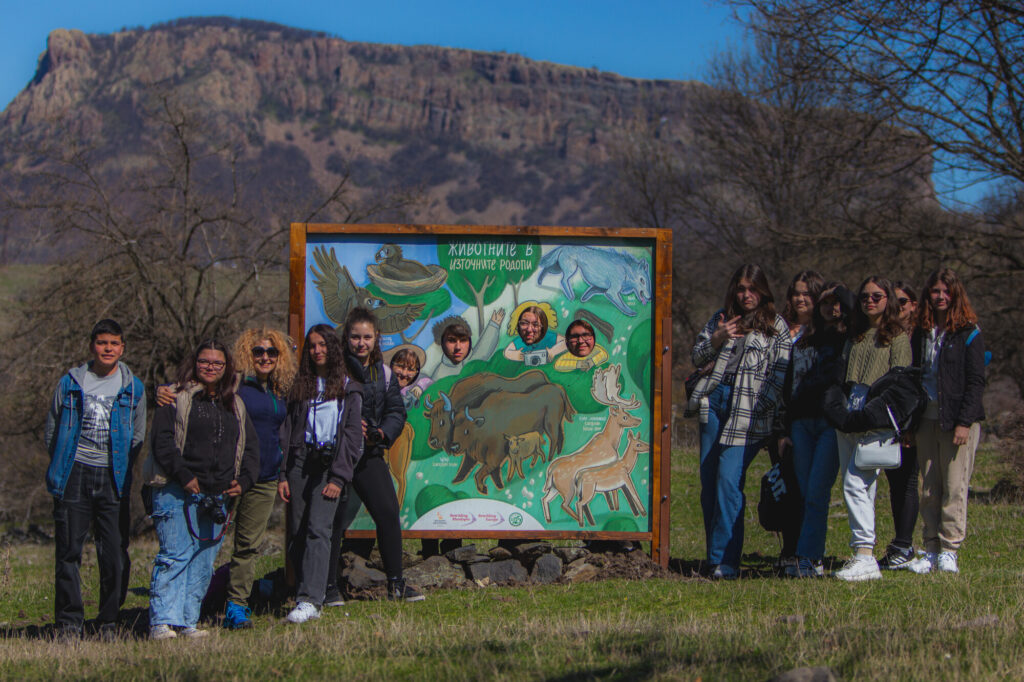
Moving beyond tolerance
For decades, conservationists have focused their efforts on establishing and maintaining co-existence, where humans and wildlife share space more or less harmoniously. This has been an essential first step, particularly in European landscapes where species such as wolves, beavers, vultures, bears, and bison are returning after a lengthy absence. Communities across Europe are starting to adapt through measures such as the protection of livestock with guardian dogs and the installation of electric fencing.
Yet tolerance often implies that we merely put up with recovering nature – we manage problems and mitigate conflict. What if we celebrate it instead, maximising the upsides of wildlife comeback, rather than minimising the downsides? What if we frame wildlife comeback not as a challenge to be managed, but as an opportunity for nature and people to flourish together for the long-term?
What does co-prosperity look like?
Rewilding offers an optimistic vision of co-prosperity, where landscapes become wilder and communities are enriched by the return of wildlife. This means creating conditions where both nature and people benefit, unlocking new possibilities for revitalising rural economies, boosting ecosystem health, and enhancing societal well-being. As practical rewilding efforts are scaled up across Europe, we are gradually seeing this vision realised across the continent.
In Portugal’s Greater Côa Valley, for example, shepherds who protect their flocks from wolves with guardian dogs are now selling their wool at a premium price to sustainable footwear company Wildling Shoes. This partnership creates economic value and encourages wolf acceptance – a win-win for both people and nature.
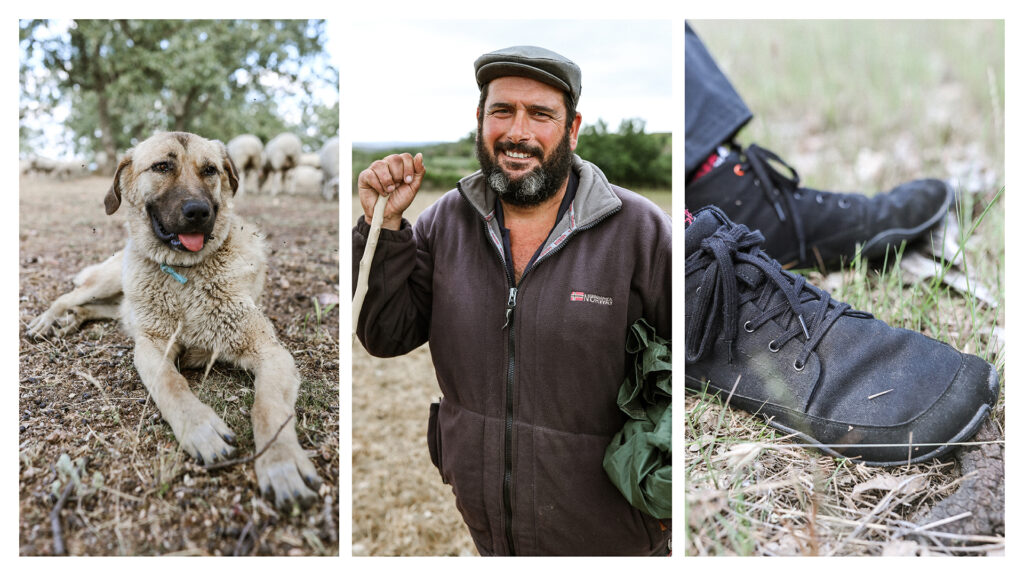
In the Central Apennines of Italy, beekeepers who are using bear-proof fences to safeguard their hives are marketing their honey as “bear-friendly” – a label that tells a story of respect for wildlife and pride in living alongside it, grounded in mutual benefits for people and nature.
And In Romania’s Southern Carpathian mountains, farmers who are taking measures to protect their orchards from burgeoning populations of reintroduced bison are being supported and promoted. Their products are entering new markets with strong stories attached, transforming potential conflict into opportunity for economic gain.
These wildlife-friendly products demonstrate how rewilding is redefining relationships with wild nature, changing the narrative from damage control to value creation.
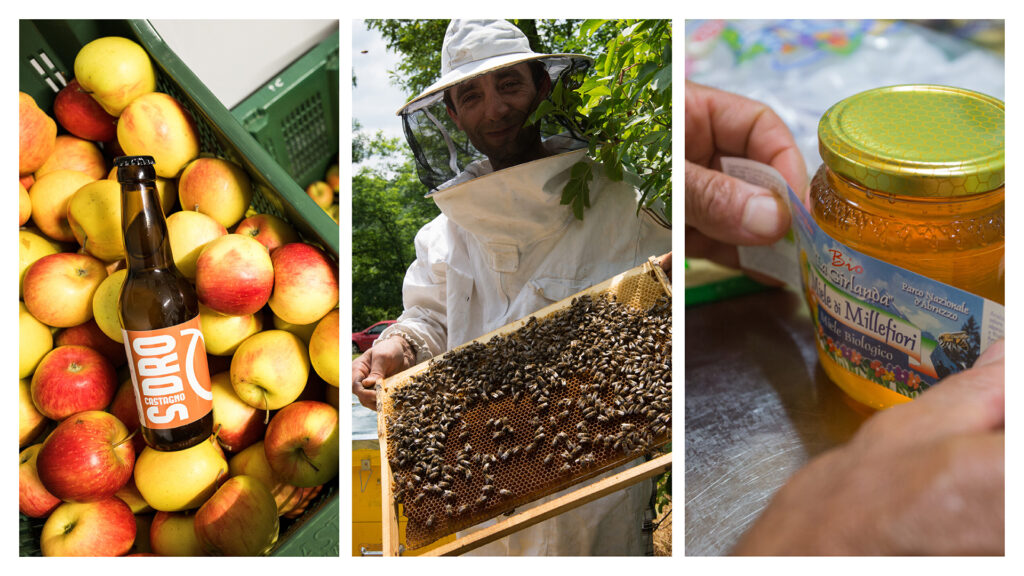
Wildlife as our ally
Let’s not overlook the wide-ranging benefits that rewilded landscapes offer us. Beavers, once widely persecuted, are now celebrated as natural water engineers that help to improve water quality, store water during droughts, and reduce flood risk. In Czechia, beavers have been credited with saving taxpayers over a million euros by flooding a former military training site, transforming it into a wetland that now absorbs heavy rainfall and supports flourishing biodiversity.
Birds of prey, such as eagles and vultures, play their part too – cleaning up carcasses and helping to control disease. These benefits ripple far beyond wildlife, supporting farmers, foresters, and wider society.
Nature-related tourism is also growing. In Croatia’s Velebit Mountains, for example, increasing numbers of international visitors are enjoying wildlife watching and photography experiences, as iconic species such as red deer, chamois, and lynx return to the landscape. In more and more places across Europe, wildlife tourism is becoming a strong economic driver, with Europeans prepared to pay to see wildlife through excursions and the use of hides.
By generating income through appreciation – rather than exploitation – of wild animals, wildlife recovery can enrich rural economies and generate pride in the resurgence of nature. Imagine the vast potential of Europe’s wild rivers, forested valleys, and expansive wetlands to generate value. A wilder Europe is not only ecologically richer – it’s economically smarter.
Rewilding: the pathway to prosperity
At Rewilding Europe, we’re not just restoring ecosystems – we’re working to redefine the relationship between people and the wild. Wildlife species of all descriptions plays a vital role in this transformation, not only in rebuilding healthy, resilient ecosystems, but also in enriching the lives and livelihoods of the people who share space with it. Through rewilding, both nature and people prosper.
With our rewilding efforts now taking place in 10 large landscapes – and our ambition to grow this to 15 by 2030 – we’re scaling up a movement that is about more than just nature recovery. We want to shape a future where people and nature are partners in prosperity. From cleaner rivers and more fertile soils to thriving economies and enhanced health and well-being, the comeback of wildlife opens new doors – if we’re ready to walk through them.
Why should we rewild? Because we don’t just want to survive – we want to thrive. We want to breathe clean air, drink clean water, feel inspired and enriched by wild landscapes, and build sustainable livelihoods that are resilient and connected to nature.
Let’s move beyond the language of limits and embrace opportunities. Rewilding offers a bold, hopeful path, one where beavers, bison, and bears aren’t seen as threats, but as allies in rebuilding a world where all life can flourish. By following this path, we can all thrive together.
